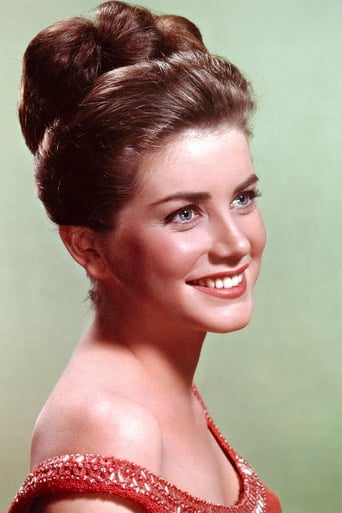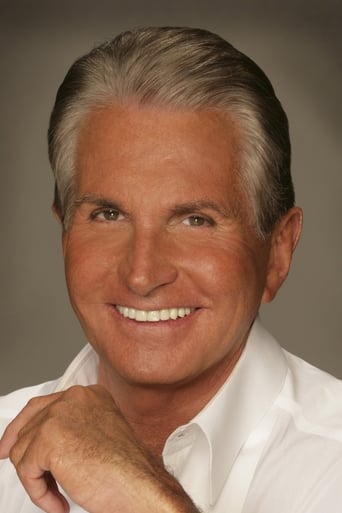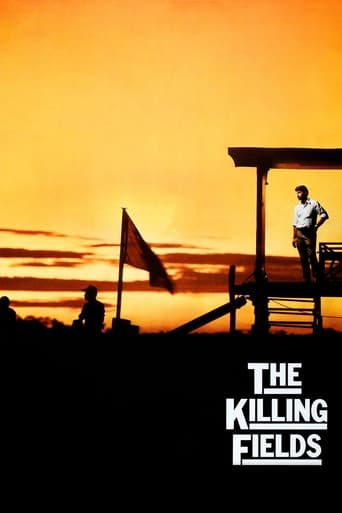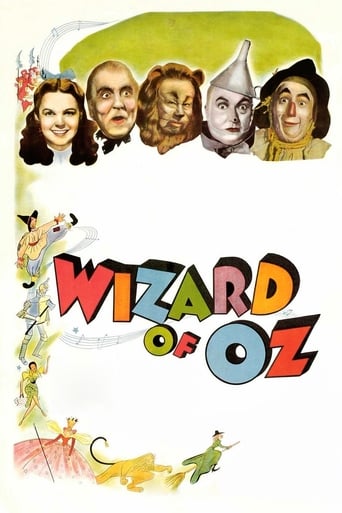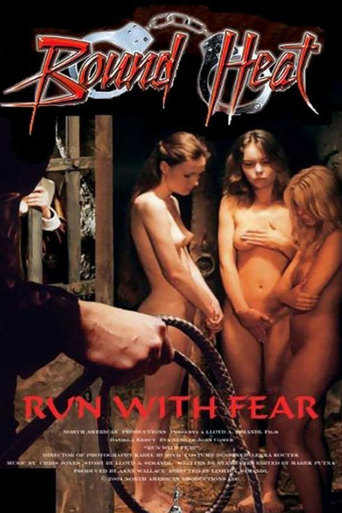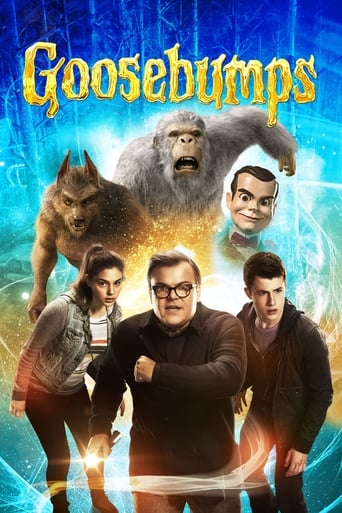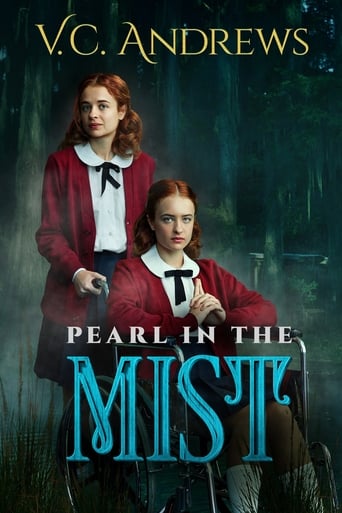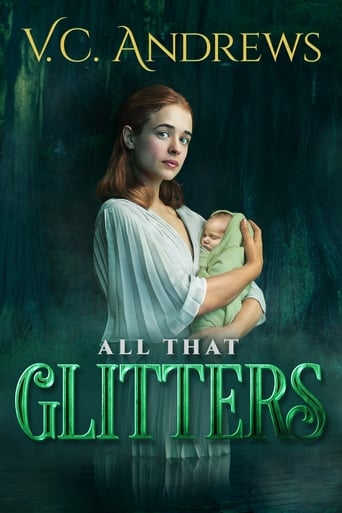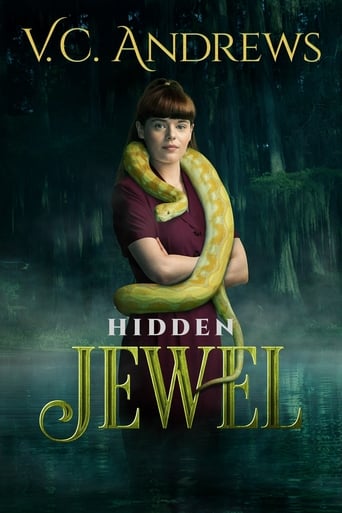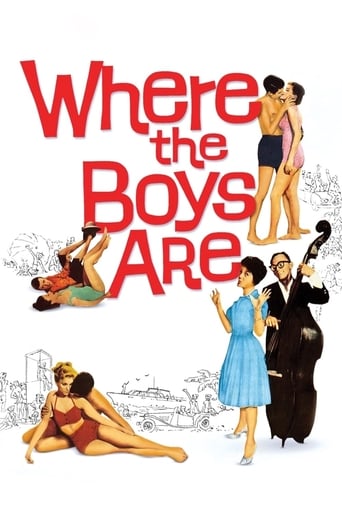
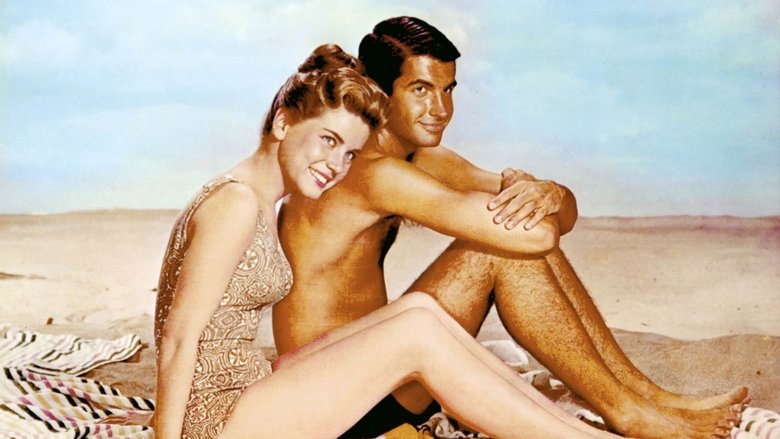
Where the Boys Are (1960)
Good girls Merritt, Melanie, Tuggle and Angie - all students at mid-western Penmore University - are planning on going to Fort Lauderdale, Florida for spring break to get away from the mid-western snow despite not having much money to spend once there. On the drive down, they admit their real purpose is to go where the boys are.
Watch Trailer
Cast
Similar titles
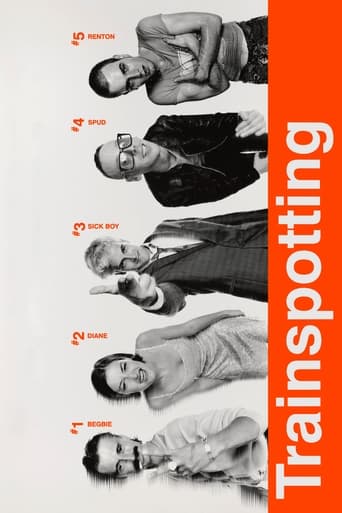
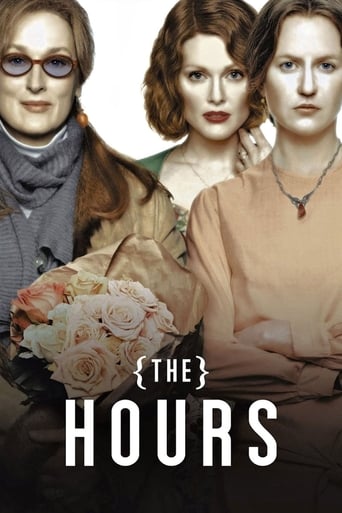
Reviews
Best movie of this year hands down!
People are voting emotionally.
it is finally so absorbing because it plays like a lyrical road odyssey that’s also a detective story.
At first rather annoying in its heavy emphasis on reenactments, this movie ultimately proves fascinating, simply because the complicated, highly dramatic tale it tells still almost defies belief.
6/29/18. Obviously dated as "Spring Break" today isn't anything like it was depicted in this movie. But, then again, we're talking 58 years ago. When the guy asks a girl, "Are you a good girl?" you know exactly what this means - if she is, he's moving on. Four co-eds (yes, that's what female college students were called back in 1960) goes on spring break because that's where the boys are (hum Connie Francis). You have to give this movie credit for at least broaching the topic of premarital sex. And, it was this movie that started the whole spring break trek anyway - a bacchanalia rite of passage that is better left undone if one does not want to lose more than what they can live with when looking back on their college days. Great nostalgic look at sexual mores in America. And, a little bit of trivia - Dolores Hart ended up being a nun, and still is as of this review!
The movie's a big candy box valentine to its time period. But, since there's a lot of boy-girl clinching going on, the box comes with a dramatic warning at the end, a kind of moral reckoning also indicative of the era. As I recall, the movie was a big hit with young fans. And why not, since the popular Gidget series made a whole franchise out of sun and surf. Now I was prepared to really dislike a movie about unthinking hedonism. Just the thought of George Hamilton in a swimsuit makes my hair go greasy. Still, it's a winning cast of young folks, and better than expected. Even Hamilton is not too obnoxious. There's the steady-hand Dolores Hart; the poignant Paula Prentiss; the introverted Yvette Mimieux; and a sparkling Connie Frances. On the male side is a flaky Jim Hutton; a cultured Hamilton; and a goofy Frank Gorshin. Mix 'em together and there's a lot of good natured entertainment. The Technicolor also shines, as it should, since that's a big part of these sunny beach epics. And catch how the screenplay uses awkward innuendo to soften the abundant hormonal drive. After all, these youngsters are not gathering to play Parcheesi. Still, I see a cloud on the distant horizon. It's gathering in southeast Asia and will soon replace these youthful idylls with an Easy Rider (1969) or a Medium Cool (1969). Nonetheless, the movie's a generally frolicking good time, George Hamilton or no.
Beach movies were a popular genre in the late fifties and early sixties. Their main attraction was the chance to see lots of pretty girls (or, depending upon one's sex and/or sexual orientation) handsome boys in skimpy bathing costumes. As this was the era which saw the rise of rock- and-roll, catchy pop tunes were normally also featured. It is an interesting comment on changing social attitudes that the supposedly skimpy bathing costumes worn by the girls in such films are quite modest by modern standards, whereas those worn by the boys are actually more revealing than anything likely to be seen on a beach in 2014 when "board shorts" seem to be fast supplanting traditional swimming trunks. The "spring break" has long been a traditional rite of passage for American college students, and Fort Lauderdale, Florida, is a popular destination for such holidays; apparently it became even more popular after this film was released. (In 1960, and indeed during my own student days in the eighties, there was no equivalent British institution, but in recent years British students have taken to spending the Easter vacation in Cornwall or various Mediterranean resorts). "Where the Boys Are" tells the story of four girl students, Merritt, Melanie, Angela and Tuggle, who leave their university in the snowbound Midwest for a spring break in Fort Lauderdale with love and romance on their minds. (I presume that "Tuggle" is a nickname, although we never learn how she came by it or what her real name is). For most of its length the film sticks to the normal beach movie formula of sun, sea, sand, swimsuits, music and romantic comedy. It does, however, have ambitions to be something more than a standard teenage rom-com. It also attempts to explore the changes in attitudes towards sex and morality among the younger generation at the beginning of the decade which was to give us the expression "permissive society". The four girls have contrasting personalities and equally contrasting attitudes. Merritt, a self-confident, assertive young woman, believes strongly that premarital sex is something all young people should experience, and is brazen enough to express this shocking opinion in front of her prudish lecturer, the ironically misnamed Dr Raunch. There is, however a limit to Merritt's brazenness, a limit probably imposed by the strictures of the Production Code. She never actually uses the expression "having sex", still less its more vulgar synonyms, but prefers to rely upon coy euphemisms such as "making out" or "playing house". (This last, presumably an Americanism, would have surprised my grandmother who used to say "playing house" when she meant "playing bingo", one of her favourite pastimes).Tuggle is just as forthright as Merritt, but believes in saving herself for the right man. Angela is neurotic about her looks and frets that she will be unable to find a boyfriend- rather surprisingly, given that she is played by the very attractive Connie Francis, better known as a singer than as an actress, who also gets to sing the film's attractively melodious theme song. The shy, insecure Melanie takes Merritt's lecture to heart and resolves to lose her virginity as soon as possible. The film then traces the ways in which the girls' attitudes and expectations change during their stay in Fort Lauderdale. Merritt, the apostle of free love, undergoes a conversion when she falls for the good-looking, wealthy Ivy League undergrad Ryder and henceforth becomes an advocate of the doctrine that true love waits. (The actress who plays her, Dolores Hart, later underwent an even more radical conversion of her own, giving up her acting career to become a nun). Angela finds her own love-interest in the eccentric, wall-eyed jazz musician Basil, a boy who is as neurotic about his looks as she is (although in his case with greater justification) and frets about his inability to find a girlfriend. Tuggle is disillusioned when the boy she is interested in, "TV", abandons her for another woman, although as he is obviously a complete weirdo this is no great loss on her part. And Melanie? Well, this is where the film gets serious. The adventures of Merritt, Tuggle and Angela would fit firmly within the normal "beach party movie" tradition of rather silly romantic comedy with lots of fun, music and attractive youngsters of both sexes. The misadventures of Melanie would not. What actually happens to Melanie seems a bit vague as either their own puritan impulses or official censorship prevented the scriptwriters from spelling it out in too much detail, but it appears that she was sexually assaulted; her friends subsequently find her walking across the road in a distraught state and she is eventually taken to hospital after being hit by a car. This episode is only a brief one, but it makes for a jarring ending, something from a serious coming-of-age drama grafted onto a silly comedy. The filmmakers seem to have been aiming at two different markets, the teen audience who wanted to see a film about sex, as frank as the censors of the day would permit, and those members of the older generation who felt that if Hollywood was going to start making films about sex they should be hedged around with as many moralising "thou- shalt-nots" as possible. The resulting dog's dinner of a compromise makes "Where the Boys Are" one of those films that could only have been made during a very brief historical window. In 1940 or 1950 it would have been too sexually frank for the liking of the censors. By 1970, and certainly by 1980, its approach to its subject would have been so mealy-mouthed as to seem inadvertently comic. And today it serves as a historical record of what we might call the Not-Quite-Permissive Society of 1960. 4/10
This movie is about sex from beginning to end. It starts out in some sort of college class that only women took in the late 1950s. Sassy Merritt Andrews, IQ 138, a 19-year-old Penmore U. freshmen from Illinois, is threatened by her professor, Dr. Raunch (sic) with expulsion for voicing her opinion that most of her fellow coeds are seriously considering sleeping around before marriage. (Probably Louise Fletcher used Amy Douglass--playing the pinch-face dried up old prune Raunch--as one of her models for Nurse Ratchitt in ONE FLEW OVER THE CUCKOO'S NEST.) After the four friends get to Fort Lauderdale, Yvette Mimieux is typecast as the ditsy blonde Mel, willing to say "yes" to any Ivy League pretender who bothers to ask. Merritt must comfort Mel when one of her previously yessed-men forgets to ask, and not only rapes her but rips her outfit. Meanwhile, seven-foot something Paula Prentiss as Tug stands above the fray, hooking up with a cheap date from Michigan who goes by T.V. (Jim Hutton). Connie Francis is thrown in as fourth wheel Angie, apparently along for the ride just to sing for her supper, and her attachment to "dialect jazz" (?!) specialist-soon-to-turn-Batman's-Riddler, Frank Gorshin as Basil, is cringe-worthy when the singing stops. (The sequel--WHERE THE GIRLS ARE--was retitled PORKY'S, by the by.)
